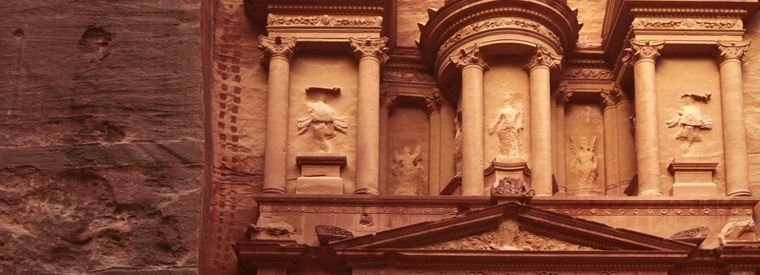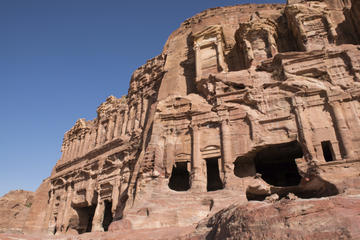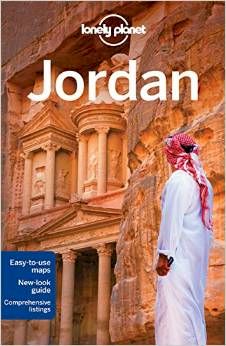« HOME • JORDAN • Discover Jordan • Amman
Discover Magical Amman
Amman is the capital and largest city of the Hashemite Kingdom of Jordan. A city of about 2 million inhabitants, it is the country's political, cultural and commercial centre and one of the oldest continuously inhabited cities in the world. Amman has been inhabited by several civilizations.
A | B | C | D | E | F | G | H | I | J | K | L | M | N | O | P | Q | R | S | T | U | V | W | X | Y | Z
» Jerash
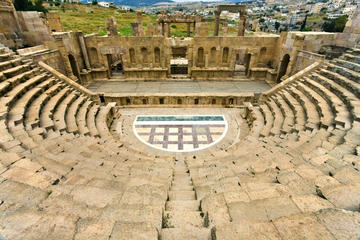
In ancient times, the Roman town of Gerasa grew rich from iron ore as well as agricultural products which flourished in this comparatively lush temperate region. This wealth in turn endowed the town with architectural treasures: the unique oval Forum, Hippodrome, Amphitheater, Agora, and the proud columns of the Temple to Artemis. The majestic Hadrian's Arch dates from the eponymous Roman Emperor's visit, an event which signaled the town's importance …
» Jordan Archaeological Museum
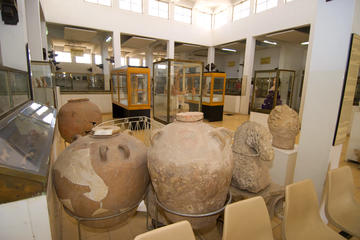
This rather rambling but fascinating museum is perched on the Citadel Hill in Amman, just northwest of the Temple of Hercules. Built in 1951, the Jordan Archaeological Museum displays artifacts in chronological order from archaeological sites all over Jordan, dating from prehistoric times to the 15th century. A stand out attraction is the famous Dead Sea Scrolls, a collection of 972 texts from the Hebrew Bible that were discovered in the 1940s. . You can also see ancient sculpture, preserved skulls and rhinoceros teeth that date back 200,000 years …
» King Abdullah Mosque
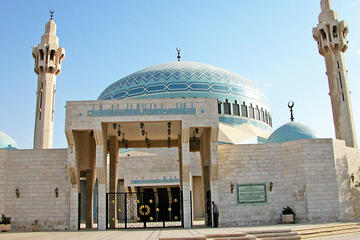
Stunning King Abdullah Mosque was built between 1982 and 1986 as a memorial to the late King Hussein's Grandfather, His Majesty As-Sayyid Abdullah I, King of Jordan. A fine example of modern Islamic architecture the mosque is capped by a magnificent blue mosaic dome, beneath which 3,000 Muslims can offer prayer at any one time. Inside the dome are verses from the Quran, along with a chandelier also inscribed with Quranic verses. A red carpet represents fertile land and its patterns direct people towards Mecca …
» King's Highway
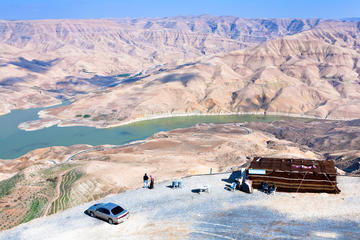
Running north-south along the squiggling spine of the Dead Sea rift, a road trip along the King's Highway from biblical Madaba to Petra is to journey along a 2,000-year-old trade route bursting with history. Check out the Crusader castles at Karak and Shobak, and the ancient town of Madaba. Pop into Roman forts and visit a Nabataean temple. Or if you're more into nature, Jordan's Dana Nature Reserve is famous for its hiking, and in April the region is known for its black irises. Then there's Wadi Mujib …
» La Storia Complex
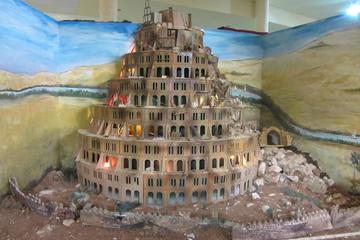
La Storia Complex, located just over a mile (2 kilometers) from Mt. Nebo, offers visitors a quirky overview of the culture, religion, history and heritage of Jordan. The museum portion of the complex comprises a series of dioramas (some of them animatronic) depicting mostly Biblical scenes, starting with Noah's Ark and continuing through the parting of the Red Sea, the birth of Jesus and the Last Supper. Other scenes show what life was like in a traditional Bedouin village, with animatronic villagers performing day-to-day tasks …
» Madaba
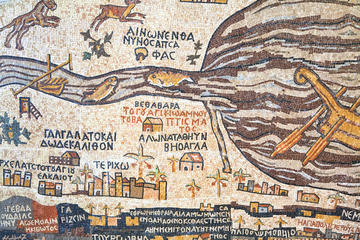
Like a number of sites in the region, Madaba was mentioned in the Bible. It subsequently became a Roman provincial town and had its apogee under the Byzantine Empire. It is to that era that the town owes its chief treasures - its mosaics. The must-see site in town is the Church of St. George, now a Greek Orthodox basilica, home of the enormous Madaba Mosaic Map. The map, with its richly-detailed rendering of Jerusalem, Jericho, Bethlehem and other holy sites, was only rediscovered in 1894 and has since been brilliantly restored …
» Madaba Map
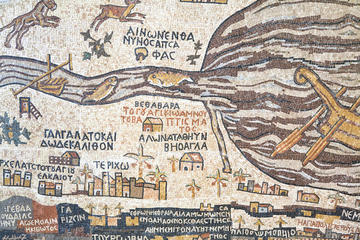
Located in Madaba, the 19th-century Greek Orthodox St. George Church is home to the famous Madaba Map. This sixth-century Byzantine mosaic map is believed to have been created in 542 AD, making it one of the world's oldest biblical maps. It features imagery of the Holy Land depicted in ornate tiles and was originally made to encompass about 51 feet by 19.5 feet. The map features more than 150 Greek inscriptions and shows locations like Jericho, the Dead Sea, Palestine, the Nile Delta, Karak and the focus of the map, Jerusalem …
» Mount Nebo
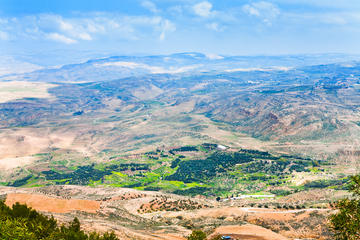
Mount Nebo is 817 meters (2,680 feet) above sea level, and thus more than 1km (0.6 mi) above the neighboring Dead Sea. It is a site holy to both Christians and Jews: Moses is said to have died on or near the mountain some time after God had showed him the Holy Land from its summit. You can still enjoy the prophet's view today - gaze out over the sea lying under a saline haze, the ancient city of Jericho and, if you're lucky, all the way to Jerusalem and Bethlehem …
» Petra
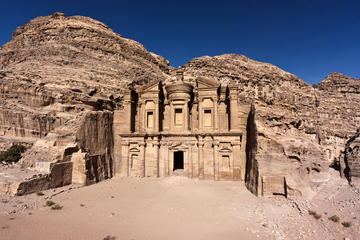
Petra: highlight not just of Jordan but of the entire Middle East; sublime and mysterious city; incomparable jewel of ancient architecture. Petra was once an important stop on a Roman trading route, but was only assimilated into the empire in 106 AD. Until then it had been a stronghold of the Nabataen Arab kingdom, whose knowledge of Greek architectural styles is reflected in their astonishing cliff-bound monuments. Today Petra is a UNESCO- World Heritage site …
» Qasr Azraq
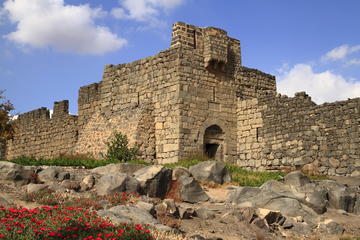
Located about an hour east of Amman, Qasr Azraq is a desert fortress created by the Romans back in 300 AD, although the structure in its current form was built in 1237 by the Mamelukes. The exact location of Qasr Azraq (meaning Blue Fortress) in the center of the Azraq Oasis was chosen strategically; this area is the only water source for over 7,000 miles. One of the fortress' striking features is its color - the local basalt gives it an atypical black hue, which is where it's believed the fortress gets its name …
» Qasr Kharana
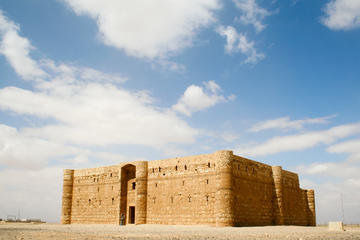
A true 'desert castle' near the Saudi Arabian border, Jordan's Qasr Kharana sits two storeys tall over the desert plain. Built in the early Umayyad period 13,000 years ago, the purpose of the 60-room monolith is unclear - its design shows that it was never a fort, and it's not on a trade route so it's unlikely to have been a caravanserai either. It's most likely that Qasr Kharana was a meeting space for Damascus elite and local Bedouin tribes. Whatever it was, the thick-walled limestone building remains imposing even today …
» Qusayr Amra
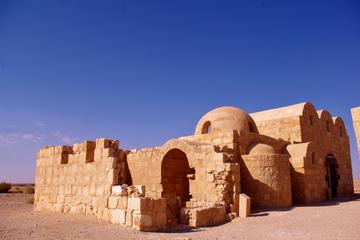
Qasr Amra earned itself UNESCO World Heritage site status in 1985 because of its famous frescoes, and it's one of Jordan's most renowned desert castles. Built near a wadi of pistachio trees during the reign of Walid I in around AD 711, restorations by a group of Spanish archaeologists in the 1970s unveiled floor-to-ceiling frescoes that caused the powers that be at UNESCO to describe the castle as a 'masterpiece of human creative genius.' Built from limestone and basalt, from the outside Qasr Amra doesn't look particularly special …
» Rainbow Street
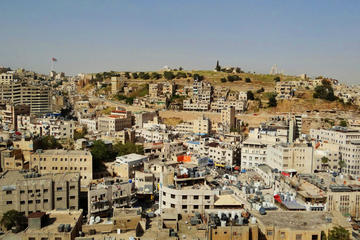
Once known as Abu Baker al Siddiq Street, this popular destination is a one-stop strip for travelers looking to experience the beauty, diversity, history and culture of Amman. Rainbow Street is home to international council buildings, major businesses, roof top bars and dozens of restaurants. Several significant historical sites, like the residence of King Talala and the home of former military commanders are also located nearby. Travelers say this central location is the ideal spot to grab an evening meal on a visit to Jordan …
» Roman Ampitheater
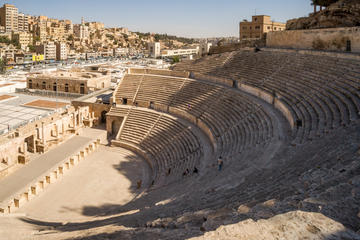
Dating back 18,000 years to the reign of Antoninus Pius, Amman's restored Roman Theater is a popular visit on any trip to Jordan's capital. Carved into the northern side of a hill that held the city's necropolis, its position was designed to shield spectators from the sun. Big enough to fit an audience of 6,000, as you wander the huge arena you'll notice that the seating is split into three tiers, or diazomata: the lowest seats, closest to the action, would have been reserved for the ruling class. The middle seats were for the military …
» Royal Automobile Museum
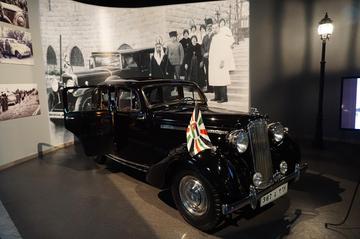
A huge draw for car enthusiasts, the Royal Automobile Museum displays more than 70 classic cars and other vehicles, many of which are from the personal collection of King Hussein. Not just about the cars themselves, the museum looks at who drove them and the events they were a part of, making the museum a point of interest to those interested in history and the royal family too. Each car has a full explanation of its type, and model, plus the year it was made, its engine power, and the occasions it was used for …
» The Treasury (Al Khazneh)
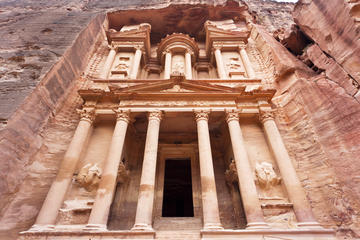
Thought to have been built sometime in the first century B.C., the Treasury is one of Jordan's most intricate temples (or perhaps tombs; no one knows which one it is for sure), with a design influenced by Greek architecture. At the entrance, visitors are greeted by statues of Castor and Pollux, Zeus' mythological twins, who are believed to have spent half of their time in heaven and the other half in the underworld. Glance up and you'll spy two enormous eagles symbolizing Dushara, a deity linked to Zeus and worshipped by the Nabateans …
» Umm Qais Museum
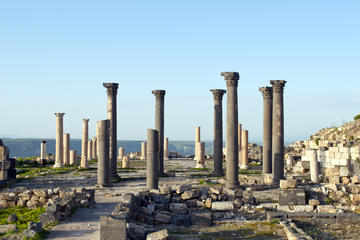
Located about 2.5 hours from Jordan's capital of Amman, the Umm Qais Museum is home to a mix of history and natural beauty that shouldn't be missed. The site's most popular draw would be the ruins of Gadara, an ancient Greco-Roman city occupied since the seventh century BC and originally ruled by the Ptolemaic Kingdom. According to the Bible, it was in this very place that Jesus removed demons from within two possessed men and put the evil spirits into a herd of pigs, who then sprinted into Lake Tiberias …
» Wadi Rum
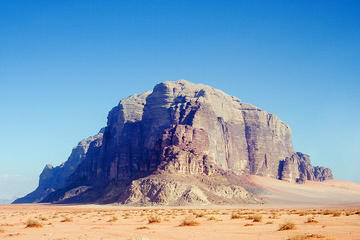
Shuttling between archaeological sites, an inevitable component of any Jordan trip, may have you longing for those haunting, limitless expanses of desert you've glimpsed from car windows. If so, head south for Wadi Rum, which offers spectacular vistas of towering cliffs and bold rock formations etched by erosion into other-worldly forms. Lawrence of Arabia was a well-known visitor to the Wadi Rum, and there are a number of sites here associated with him through tradition or historical proof …
« HOME • JORDAN • Discover Jordan • Amman


